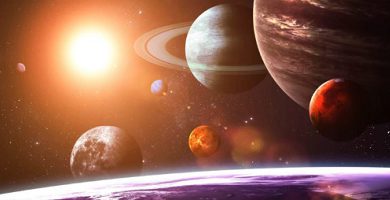What is autotroph?
We explain what an autotrophic being and a heterotrophic being is. What does this classification of living beings imply? Examples of autotrophs.
-
What is autotroph?
When we talk about autotrophic organisms or autotrophic nutrition, we always refer to a classification of living beings based on their ability to obtain energy . This classification distinguishes them into two groups:
- Heterotrophs : Those who must consume organic matter from other living things .
- Autotrophs : Those capable of managing the production of their own energy, taking advantage of environmental elements.
In this way, an autotrophic being is one who does not need other living beings to nourish himself , but synthesizes from inorganic substances everything he needs for his metabolism . Put more simply: they are beings that make their own food .
There are two major autotrophic methods of nutrition : photosynthetic and chemosynthetic. The former take advantage of the water and energy of sunlight to break the molecule of carbon dioxide (CO 2 ) from the surrounding air , and thus obtain energy. The latter, on the other hand, do so by oxidizing inorganic chemicals such as sulfur dioxide or various iron-rich compounds. The former are known as photolithotrophic beings , and the latter as chemolithotrophic beings .
Obviously, the autotrophic beings represent the first step in the whole trophic cycles or food chains , since they constitute the producing link, that is, the one that takes the raw material directly from the environment. And they are the ones who provide organic matter to heterotrophic beings (be they herbivores, predators or even decomposers).
-
Examples of autotrophic beings
- Plants . From the fruit trees, vines, shrubs, grass and large tall trees, to the greenish moss that covers the stones near the rivers, all these living things manufacture their nutrients through photosynthesis .
- Algae . Algae of varying size and complexity, as well as the microscopic phytoplankton found in abundance in the seas, are typical autotrophic life forms of the seas, lakes and large bodies of water.
- Cyanobacteria . Previously known as blue-green algae, they are prokaryotic living beings (from cells without a nucleus ), capable of carrying out photosynthesis and fixing environmental nitrogen (N 2 ) by reducing it to a useful molecule at the cellular level, such as ammonium (NH 4 + ).
- Anaerobes . Some of the bacteria that make up the intestinal flora of human beings are a good example of autotrophic beings. They are responsible for breaking down ingested organic matter and provoking chemical reactions that break their structures and simplify the digestive process, while also extracting energy to sustain their own metabolisms.



